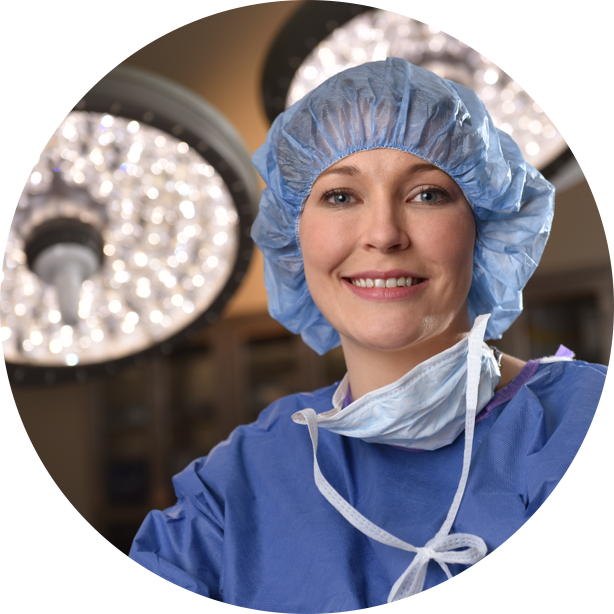
Procedures for Massive Weight Loss
When a person is extremely overweight or even morbidly obese, losing a large amount of weight is obviously beneficial for their health. After having surgery to treat obesity or losing the weight through diet and exercise, the body tissues and skin don’t always have the elasticity to match the new size. This leaves an excess amount of sagging skin and fat as a result. Body contouring surgery for massive weight loss corrects these issues to give the patient a more uniform appearance as well as smoother body contours.
The patient and plastic surgeon will decide together which of these areas could benefit from surgical intervention. Ideal candidates for body contouring surgery are non-smoking healthy adults whose weight has stabilized. Patients must commit to a healthy lifestyle that includes a nutritious diet and regular exercise. This ensures that the weight will stay off and greatly reduces the chances of any complications from plastic surgery.
Isn’t it time to take the next step?
CONTACT US
UPMC Western Maryland Plastic Surgery
12502 Willowbrook Road, Suite 460
Cumberland, MD 21502
Hours of Operation:
UPMC Outpatient Center
23789 Garrett Highway
McHenry, Maryland 21541
Hours of Operation:
HELPFUL LINKS
Financing
Body Contouring Surgical Procedure
Body contouring may involve one or several plastic surgery procedures. If a patient opts to have several of the procedures completed, this usually takes place in stages. It can take as long as two years to complete all of them, just as it did to lose the excess weight. The most common types of plastic surgery involved in body contouring include:
Arm Lift
It is not uncommon for massive weight loss to cause people to have a large amount of sagging skin on the upper arm. To correct this, a surgeon makes an incision starting at the underarm area and continuing to the back or inside of the upper arm. It may also be necessary to make additional incisions at other locations on the arms that contain sagging pockets due to excess skin. Although this does leave a long scar, it isn’t obvious to others unless the patient wears short-sleeved shirts and raises his or her arms.
Breast Lift
The pattern in which the surgeon makes an incision to correct a woman’s sagging breasts depends on how much excess skin she needs to have removed. An incision or a combination of incisions may go horizontally around the crease of the breast, in a line that extends from the crease of the breast to the areola, and in a circular pattern around the areola. Implants may be appropriate for some women who want to enhance the size and shape of their breasts.
Lower Body Lift
This may be done in stages with anterior done first followed by sides and back. If done as a single procedure, the patient requires an admission to the hospital the night of surgery, whereas staged procedures will most likely allow the patient to go the day of surgery.
A complete lower body lift treats the patient’s sagging abdomen, buttocks, outer thighs, hips, and waist in a single procedure. The incision patterns vary due to the amount of excess fat and the area that is treated first. In many cases, the surgeon opts to make an incision around the circumference of the body to remove what appears as a belt of excess fat and skin.
Thigh Lift
To reshape the thighs, the surgeon makes an incision from the groin area that extends downwards to the knee and along the innermost portion of the thigh. Improving the contours of the outer thigh requires the surgeon to make an incision starting at the groin and ending at the hip. This tightens the tissues to create thighs that are smoother and firmer.
Recovery from Body Contouring Surgery
At the conclusion of each type of body contouring surgery, the plastic surgeon places bandages or dressings over the incisions to control bleeding. Depending on the surgery, small tubes may go underneath the skin to drain excess fluid or blood so it doesn’t begin to pool. Patients need to arrange for someone to drive them home from outpatient surgery and possibly to stay with them for the first night.
Bruising and swelling should start to decrease after the first several days. It is important to stay hydrated, take antibiotics and prescription painkillers as directed, and sleep with the head slightly elevated. To prevent the possibility of blood clots, patients should get up for at least a few minutes several times a day. Drinking plenty of water is essential as well to avoid dehydration.
The surgeon may advise patients who had surgery performed on their knees or abdomen to avoid standing fully upright for a time. This prevents putting undue stress on internal sutures during the healing process. The exact amount of time required until patients can return to work depends on their specific surgery and how well they are healing from it.

Schedule a Consultation

CONTACT US
UPMC Western Maryland Plastic Surgery
12502 Willowbrook Road, Suite 460
Cumberland, MD 21502
Hours of Operation:
UPMC Outpatient Center
23789 Garrett Highway
McHenry, Maryland 21541
Hours of Operation:
UPMC Western Maryland Plastic Surgery
Plastic Surgery With A Personal Touch
UPMC Outpatient Center 23789 Garrett Highway McHenry, Maryland 21541
